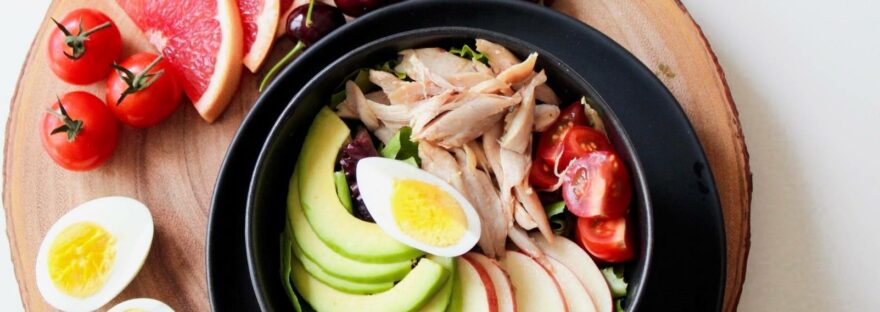A common misconception persists that following a plant-based diet excluding most meat products will result in under consumption of protein. For the average American this is simply not the case. Most Americans consume more protein than the recommended daily amount, especially if they allow for animal protein in their diet.
Flexitarian, pesco-vegetarian, and lacto-ovo vegetarians are probably the least likely of any eaters to have inadequate protein intake, assuming they’re also meeting their daily caloric needs. Fruit centered raw diets are generally inadequate in protein and many other nutrients. Due to their inadequacy, I won’t be commenting on the fruit centered and raw diets. It’s my professional opinion that you should re-consider your diet if you’re choosing to follow those types of meal patterns. If you need a reminder of the definitions of different types of plant-based eating, refer to my post “What do you mean you eat a plant-based diet?” for a refresher.
Do plant foods even have any protein?
Having all animal sources of protein and byproducts excluded with a vegan diet, it may require slightly more meal planning to ensure you’re meeting all of your nutrition needs. But this doesn’t mean eating has to be complicated. There are many plant foods that have protein. Soy (tofu, edamame), beans, lentils, quinoa, chia seeds, hemp hearts, and peanuts are all excellent sources of protein that are also vegan.
The body prefers to have protein intake spread throughout the day rather than all at once at one main meal. For example, a quick way to help ensure you’re meeting your needs is to do a quick inventory of your plate/bowl whenever you sit down to eat. Make sure you have a protein, carbohydrate, and fat (mostly unsaturated) source. This can be a quick way to eyeball your plate without needing to track or measure your foods. Remember that protein doesn’t have to mean meat or eggs. Protein foods can also be tempeh, chickpeas, pumpkin seeds, lentils, or even Ezekiel bread or peanut butter.
Don’t I have to eat them at the same time?
There is an old myth from the 1970s that persists today involving complementary protein combining at meals, for example beans and rice, because individually they’re incomplete proteins. The misconception is that the only way to have your body get all of the required amino acids (building blocks of protein) is to consume these foods that have complementary proteins at the same time. Most plant-based sources of protein are incomplete, meaning they don’t on their own contain all of the essential amino acids. But the human body is actually an amazing recycling center. The body can use the amino acids and recycle them into other amino acids and proteins, regardless of whether or not the foods providing the amino acids were consumed at the same time. This is another reason that having variety in your diet is helpful for meeting your nutrition needs.
Now more than ever there is a consumer demand driving innovation in the food industry to create delicious vegan options. I encourage you to try new products and see what items work for you. Stay tuned for a follow-up post about alternative meat products and other hot vegan grocery items!

